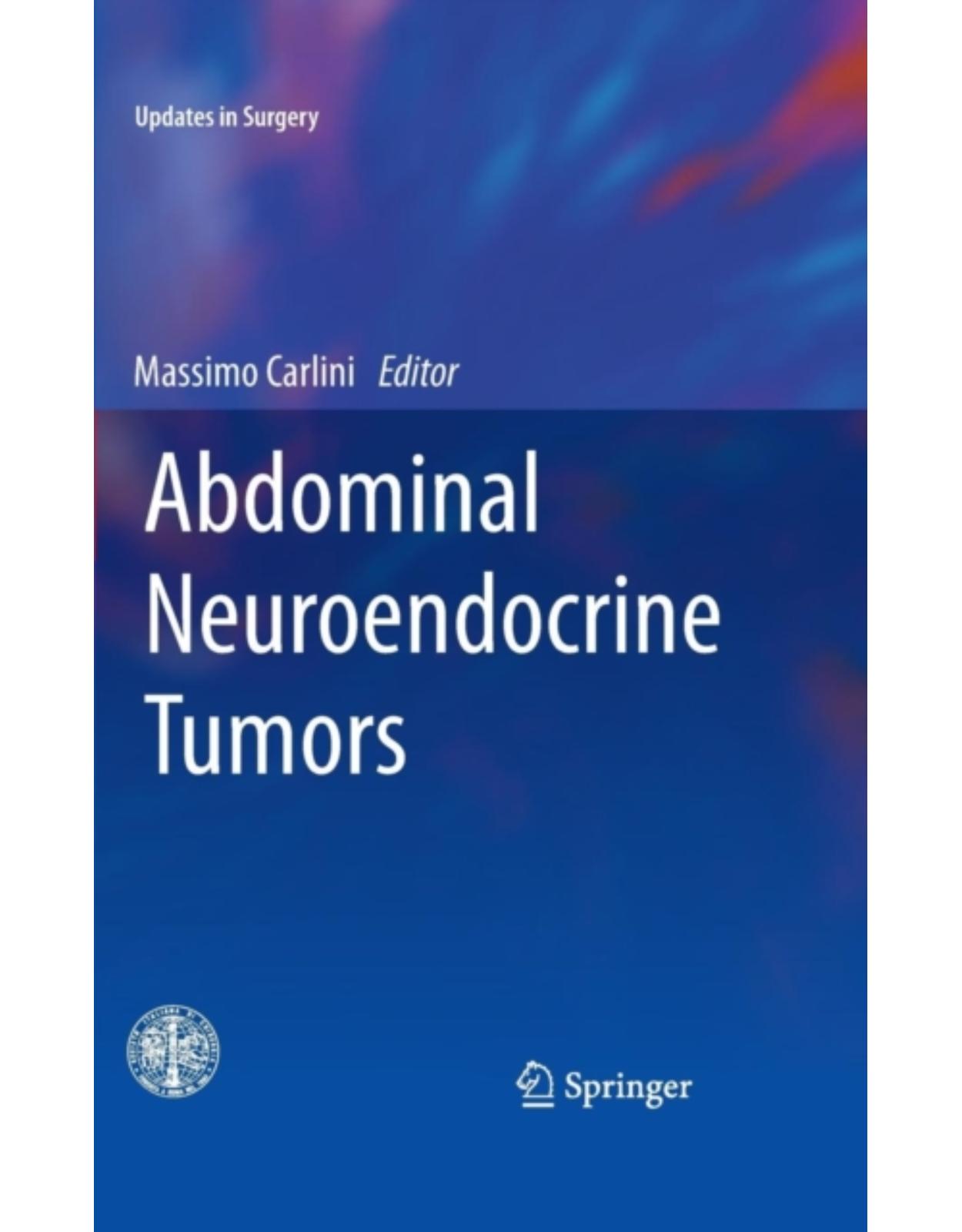
Abdominal Neuroendocrine Tumors
Livrare gratis la comenzi peste 500 RON. Pentru celelalte comenzi livrarea este 20 RON.
Disponibilitate: La comanda in aproximativ 4 saptamani
Autor: Massimo Carlini
Editura: Springer
Limba: Engleza
Nr. pagini: 198
Coperta: Paperback
Dimensiuni: 155 x 235 x 22 mm
An aparitie: 27 Oct 2017
Description:
This book aims to equip readers with a better understanding of neuroendocrine tumors of the abdomen and explains how to manage them optimally by making use of novel therapeutic options that represent major advances on previous treatments. The most recent advances in epidemiology, genetics, molecular biology, biomarkers, pathology, diagnostics, clinical assessment, medical therapy, and surgical treatment are presented. The information and data provided will stimulate readers to develop their personal opinions on significant issues and assist in decision making in individual patients during routine clinical practice. The book features a multidisciplinary approach and is designed to meet the needs of all physicians seeking comprehensive guidance from experts on the management of patients with neuroendocrine tumors. It will also be of value for researchers wishing to acquaint themselves with the state of the art in the field and emerging research avenues. Abdominal Neuroendocrine Tumors is published in Springer’s highly successful Updates in Surgery series, which now comprises more than 20 titles.
Table of Contents:
Part I Nosography
1 Neuroendocrine Tumors: a Nosologic Framework
1.1 Neuroendocrine Cells of the Digestive System
1.2 Tumors Arising from Neuroendocrine Cells
1.2.1 Tumors by Site
1.2.1.1 Esophagus
1.3 NET Epidemiology
1.4 NET Natural History
1.5 Mortality
References
2 Classification of Abdominal Neuroendocrine Tumors
2.1 Introduction
2.2 Grading
2.3 Staging
2.4 Conclusive Remarks
References
3 Hereditary Syndromes and Abdominal Neuroendocrine Tumors
3.1 Multiple Endocrine Neoplasia Type 1 (MEN1)
3.1.1 General Overview
3.1.2 Clinical Characteristics of MEN1-Associated Abdominal NETs
3.1.3 Diagnosis
3.1.4 Molecular Tumorigenesis
3.1.5 Pharmacological Therapy of MEN1-associated Abdominal NETs
3.1.6 Surgical Therapy of MEN1-associated Abdominal NETs
3.2 Multiple Endocrine Neoplasia Type 4 (MEN4)
3.2.1 General Overview
3.2.2 Clinical Characteristics of MEN4-associated Abdominal NETs
3.2.3 Diagnosis
3.2.4 Molecular Tumorigenesis
3.2.5 Pharmacological and Surgical Therapy of MEN4-associated Abdominal NETs
3.3 Von Hippel-Lindau Syndrome (VHL)
3.3.1 General Overview
3.3.2 Clinical Characteristics of VHL-associated Abdominal NETs
3.3.3 Diagnosis
3.3.4 Molecular Tumorigenesis
3.3.5 Pharmacological and Surgical Therapy of VHL-associated Abdominal NETs
3.4 Tuberous Sclerosis (TSC)
3.4.1 General Overview
3.4.2 Clinical Characteristics of TSC-associated Abdominal NETs
3.4.3 Diagnosis
3.4.4 Molecular Tumorigenesis
3.4.5 Pharmacological Therapy of TSC-associated Abdominal NETs
3.4.6 Surgical Therapy of TSC-associated Abdominal NETs
3.5 Neurofibromatosis Type 1 (NF1)
3.5.1 General Overview
3.5.2 Clinical Characteristics of NF1-associated Abdominal NETs
3.5.3 Diagnosis
3.5.4 Molecular Tumorigenesis
3.5.5 Pharmacological Therapy of NF1-associated Abdominal NETs
3.5.6 Surgical Therapy of NF1-associated Abdominal NETs
3.6 Mahvash disease
3.6.1 General Overview
3.6.2 Clinical Characteristics of MD-associated Abdominal NETs
3.6.3 Diagnosis
3.6.4 Molecular Tumorigenesis
3.6.5 Therapy
References
4 Sporadic Gastroenteropancreatic Neuroendocrine Tumors
4.1 Functioning GEP-NETs
4.1.1 Carcinoid
4.1.2 Gastrinoma
4.1.3 Insulinoma
4.1.4 Established Rare Functioning P-NETs (RFTs)
4.1.5 Possible Rare Functioning P-NET Syndromes
4.2 Non-Functioning GEP-NETs
References
Part II Diagnosis
5 Neuroendocrine Tumors Biomarkers
5.1 Non-Specific Biomarkers
5.2 Specific Biomarkers
5.2.1 Serotonin
5.2.2 Gastrin
5.2.3 Insulin
5.2.4 Glucagon
5.2.5 Somatostatin (SS)
5.2.6 Vasoactive Intestinal Peptide (VIP)
References
6 Endoscopic Diagnosis of Gastrointestinal and Pancreatic Neuroendocrine Tumors
6.1 Introduction
6.2 Neuroendocrine Tumors of the Gastrointestinal Wall
6.2.1 Esophagus
6.2.2 Stomach
6.2.3 Duodenum
6.2.4 Small Intestine
6.2.5 Colon and Rectum
6.3 Pancreatic NETs
6.4 Conclusions
References
7 Role of Non-Functional Imaging in the Diagnosis of Abdominal Neuroendocrine Tumors
7.1 Introduction
7.2 Pancreatic Neuroendocrine Tumors
7.2.1 Transabdominal Ultrasound
7.2.2 Computed Tomography
7.2.3 Magnetic Resonance Imaging
7.2.4 Endoscopic Ultrasound
7.2.5 Angiography
7.3 Extrapancreatic Neuroendocrine Tumors
7.3.1 Transabdominal Ultrasound
7.3.2 Computed Tomography
7.3.3 Magnetic Resonance Imaging
7.3.4 Endoscopic Ultrasound
7.4 Imaging of Metastatic Disease
References
8 Role of Functional Imaging in the Diagnosis of Neuroendocrine Tumors
8.1 Background
8.2 Acquisition Techniques
8.3 18F-DOPA
8.4 123/131I-MIBG
8.4.1 131I-MIBG Therapy
8.5 18F-FDG PET
8.6 5-Hydroxytryptophan (11C-5HTP)
8.7 111In-Octreoscan
8.8 Somatostatin Receptor PET and Post-PRRT Imaging
References
9 Pathological Analysis of Abdominal Neuroendocrine Tumors
9.1 Introduction
9.2 Fine-needle Aspiration Cytology
9.3 Small Biopsy
9.4 Surgical Specimens
9.4.1 Gastric NETs
9.4.2 Pancreatic NETs
9.4.3 Small Bowel NETs
9.4.4 Appendix NETs
9.4.5 Large Bowel NETs
9.5 Conclusive Remarks
References
Part III Management
10 Management of Gastric Neuroendocrine Tumors
10.1 Type 1 G-NETs
10.1.1 Endoscopy
10.1.2 Surgery
10.2 Type 2 G-NETs
10.2.1 Surgery and Endoscopy
10.2.2 Medical Treatments
10.3 Type 3 G-NETs
10.3.1 Surgery
10.3.2 Medical Treatments
10.4 Type 4 G-NETs
10.4.1 Surgery
10.4.2 Medical Treatments
References
11 Management of Pancreatic and Duodenal Neuroendocrine Tumors
11.1 Surgical Treatments for Pancreatic NeuroendocrineTumors
11.1.1 Surgery for Functioning P-NETs
11.1.2 Surgery for Non-Functioning P-NETs
11.1.3 Conservative Treatment for Non-Functioning P-NETs
11.1.4 Surgery in Advanced-Disease Scenarios
11.1.5 Minimally Invasive Approach
11.2 Surgery for Duodenal Neuroendocrine Tumors
11.2.1 Endoscopic Treatment
11.2.2 Surgical Treatment
11.3 Ampullary Neuroendocrine Tumors
11.4 Medical Treatments
11.4.1 The Role of Chemotherapy
11.4.2 Targeted Therapies
11.4.3 The Role of Peptide Receptor Radionuclide Therapy (PRRT)
References
12 Management of Ileal, Appendiceal and Colorectal Neuroendocrine Tumors
12.1 Ileal Neuroendocrine Tumors
12.1.1 Surgery
12.1.2 Medical Treatments
12.1.3 Chemotherapy
12.1.4 Peptide Receptor Radionuclide Therapy
12.2 Appendiceal Neuroendocrine Tumors
12.2.1 Surgery
12.2.2 Medical Treatment
12.2.3 Chemotherapy
12.3 Colorectal Neuroendocrine Tumors
12.3.1 Surgery
12.3.2 Medical Treatment
12.3.3 Chemotherapy
References
13 Management of Liver Metastases from Gastroenteropancreatic Neuroendocrine Tumors
13.1 Hepatic Resections
13.1.1 Indications, Techniques and Results
13.1.2 Synchronous Liver Metastases
13.2 Neoadjuvant and Adjuvant Treatments
13.3 Liver Transplantation
13.4 Locoregional Treatments
13.4.1 Peptide Receptor Radionuclide Therapy (PRRT)
13.4.2 Radioembolization with 90Y-Spheres
13.4.3 Hepatic Artery Embolization and TransarterialChemoembolization
13.4.4 Radiofrequency Ablation
13.5 Systemic Therapy
13.5.1 Somatostatin Analogs
13.5.2 Chemotherapy
13.5.3 Interferon
13.5.4 Targeted Therapy
| An aparitie | 27 Oct 2017 |
| Autor | Massimo Carlini |
| Dimensiuni | 155 x 235 x 22 mm |
| Editura | Springer |
| Format | Paperback |
| ISBN | 9788847039544 |
| Limba | Engleza |
| Nr pag | 198 |
-
53500 lei 46500 lei


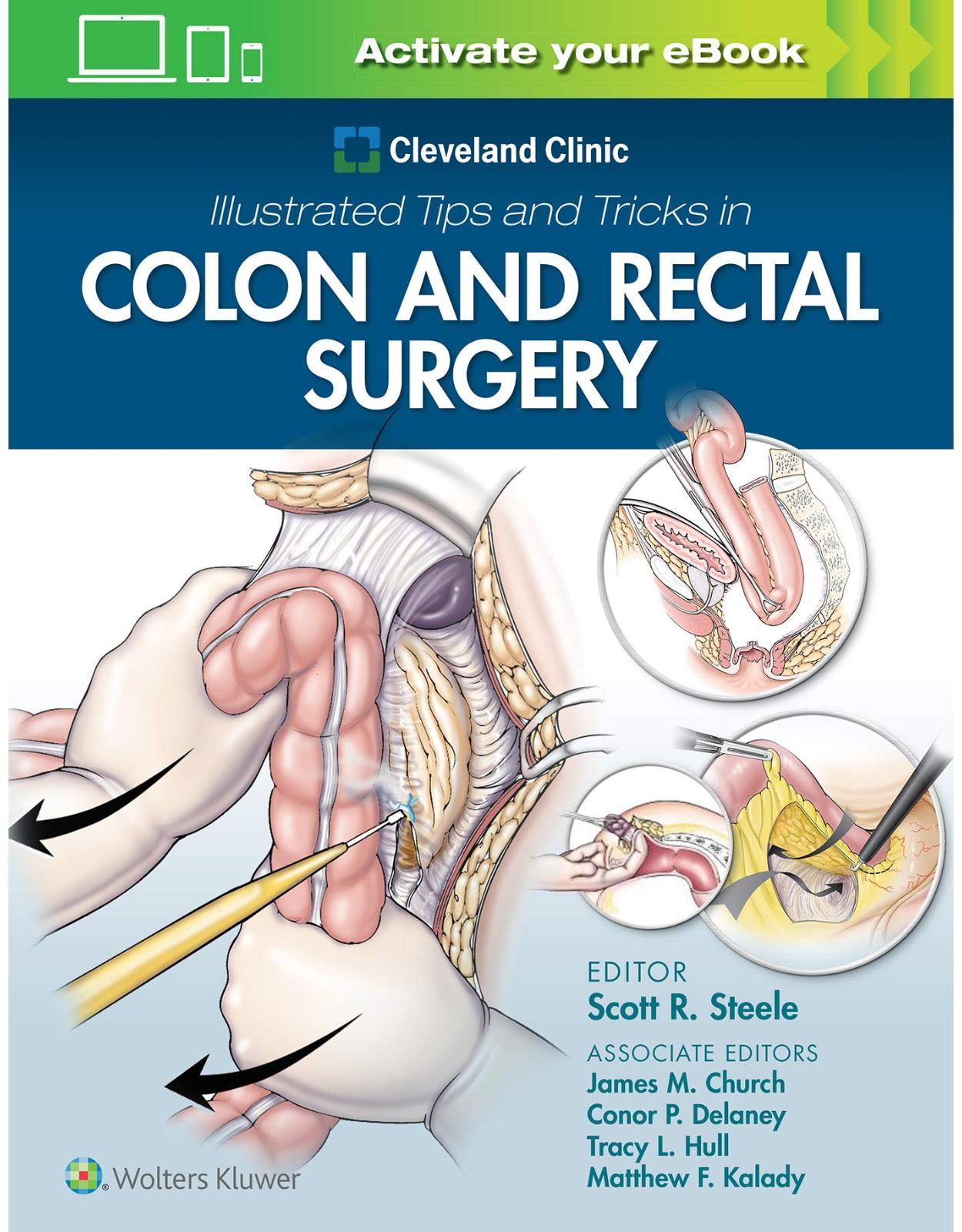
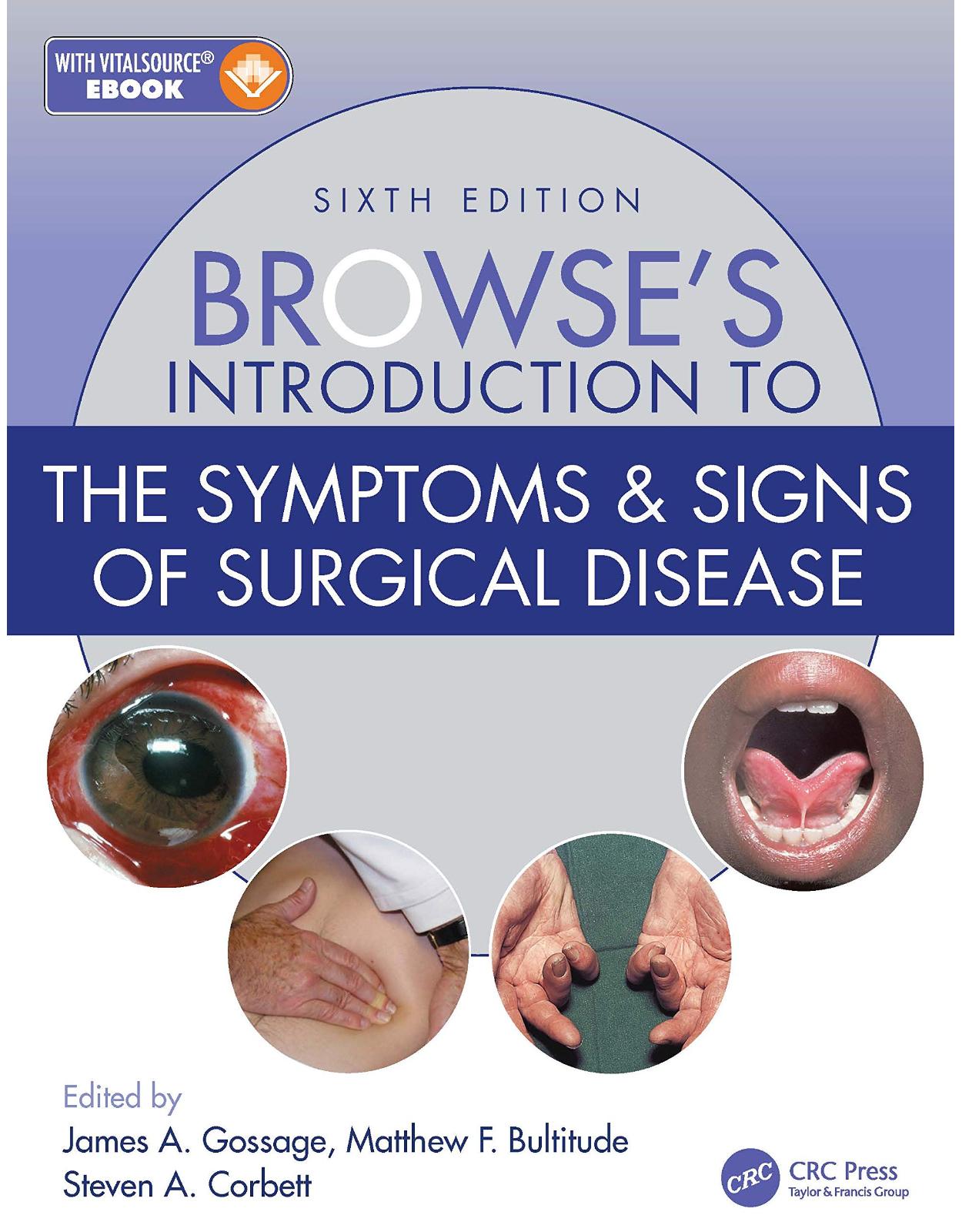
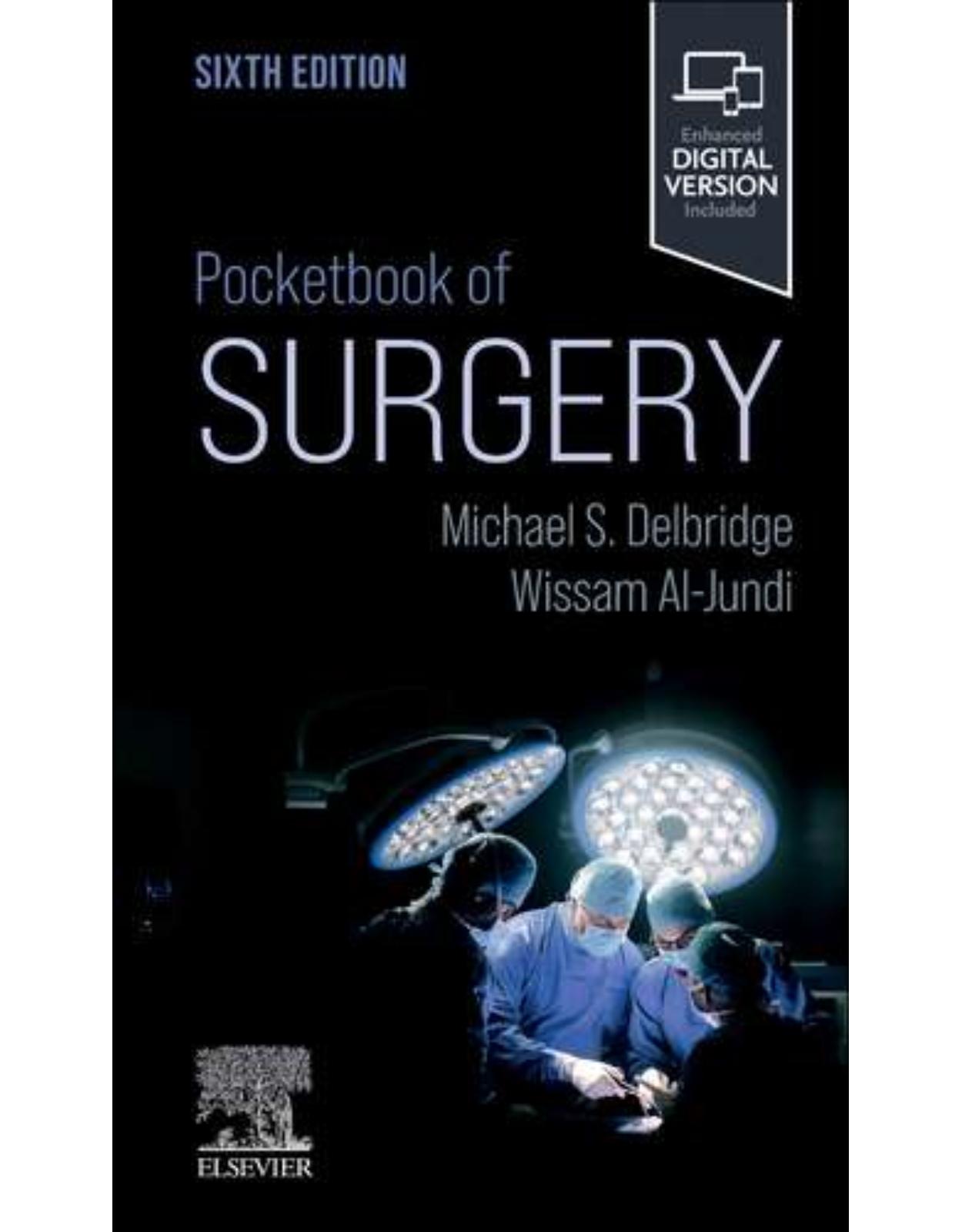
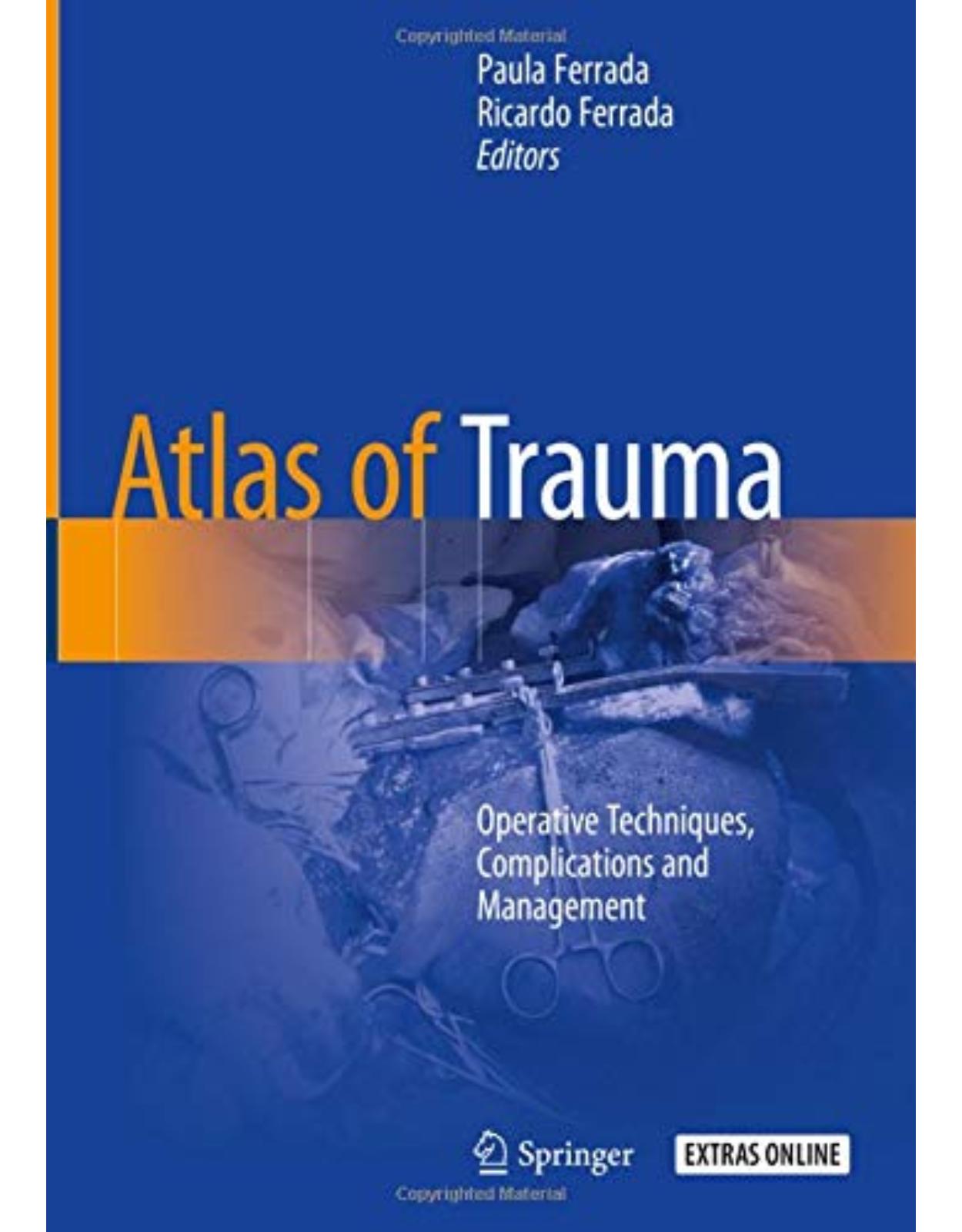


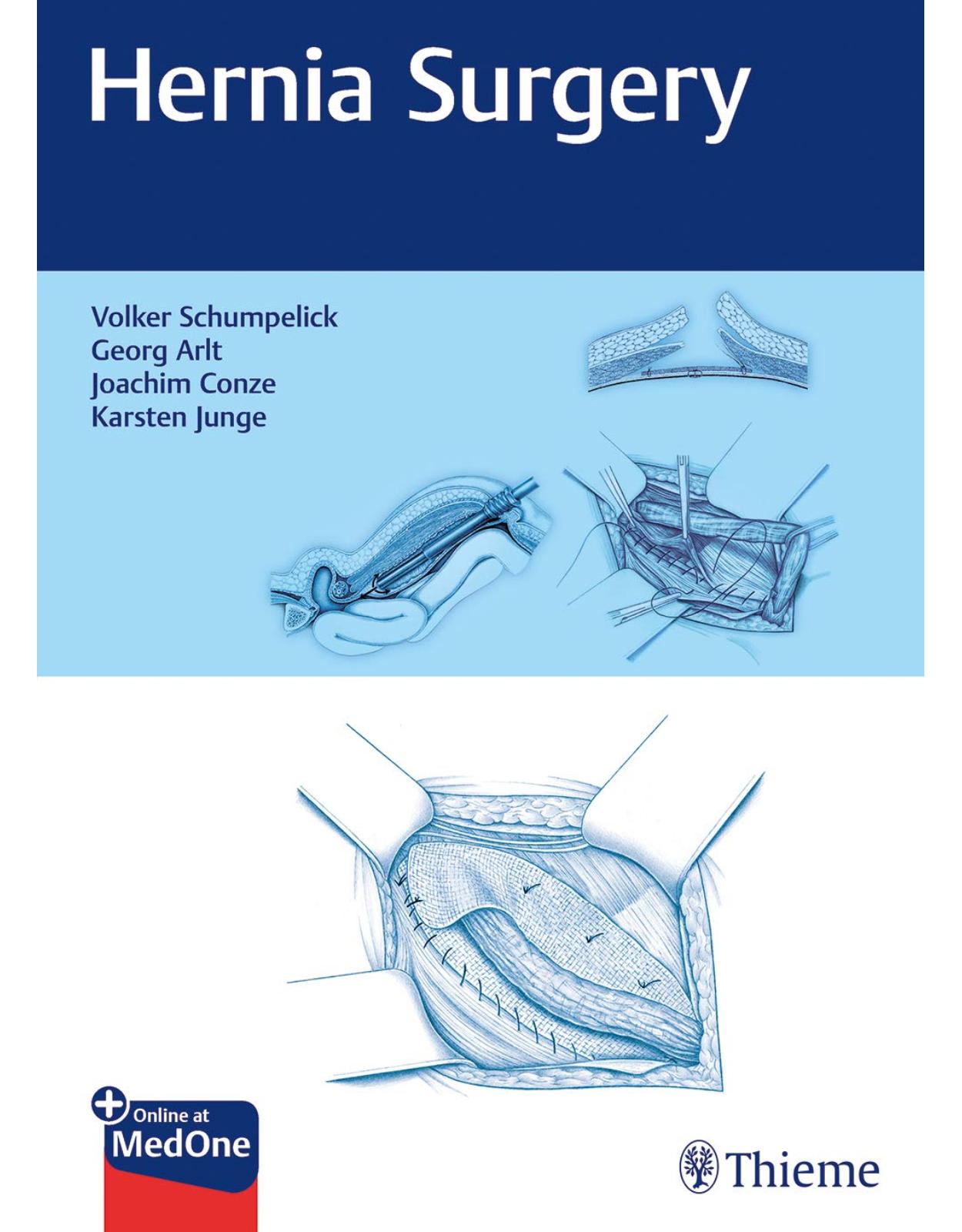


Clientii ebookshop.ro nu au adaugat inca opinii pentru acest produs. Fii primul care adauga o parere, folosind formularul de mai jos.